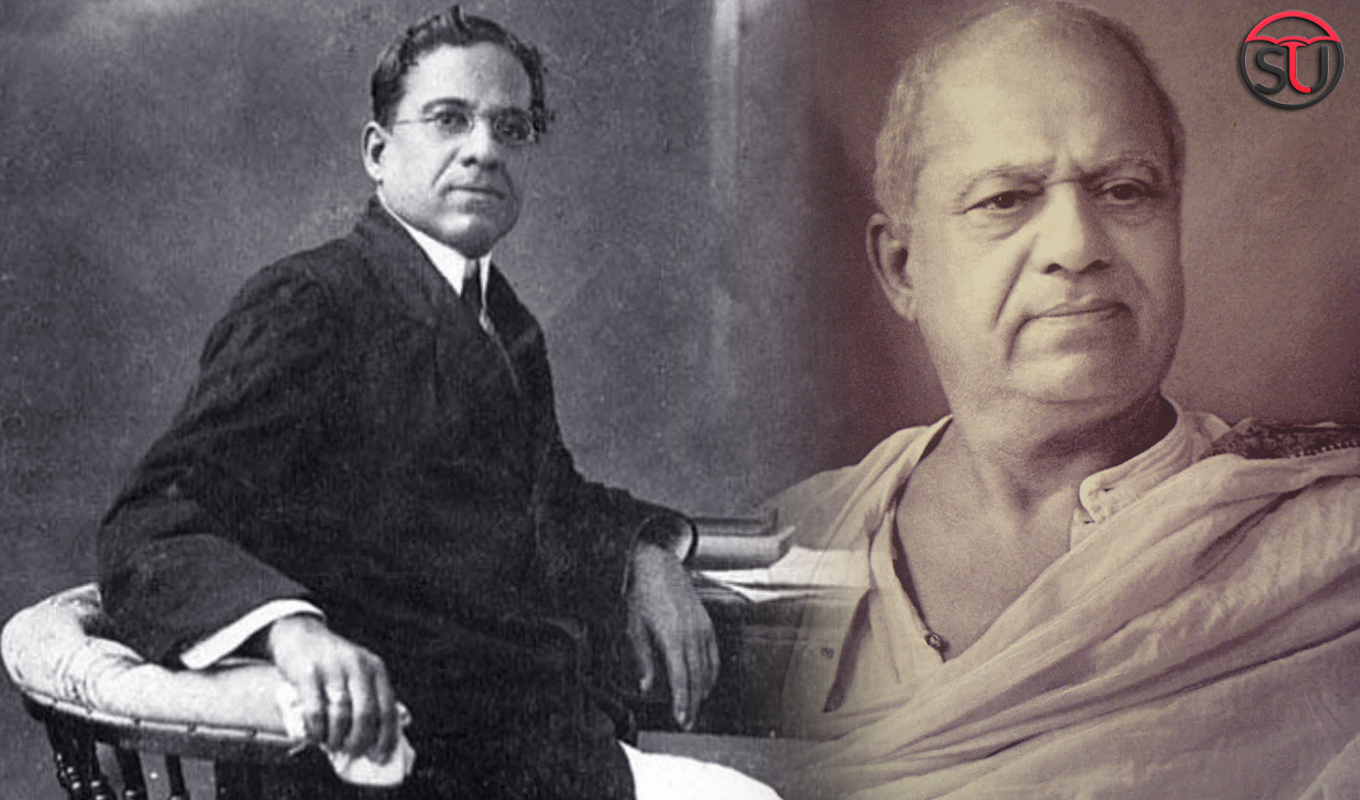Indian Cinema can never forget the contribution of Dadasaheb Phalke, the man who laid the foundation of the movie and spend his entire life in filmmaking. Today on his 77th death anniversary, we are highlighting his early struggles in the filmmaking career.
Photographer To “Father Of Indian Cinema”

via: amarujala
Dadasaheb was a producer, director, script-writer, photographer, and even a magician. His journey of filmmaking started from Kala Bhavan where he learned the art of photography and later decided to run a photography business. However, he failed as people were afraid to get clicked believing a myth that the camera would make their life shorten.
He also tried his hands in drama production and learned some basic skills to produce his movie.
Also Read: Remembering “The Nightingale Of India” Sarojini Naidu
Founded ” Phalke Films Company”

via: indianexpress
Phalke opened his first film company in 1912 after returning from his 2-week trip to London. He bought a few equipments from London to produce his first movie. However, he didn’t have enough capital for the production so he shot the first short film “Ankurachi Wadh” to get financier.
First Indian Feature Film

via: bookmyshow
There are many interesting facts regarding the first Indian Feature Film “Raja Harishchandra”
- The idea of filmmaking came from a French movie titled ” The Life of Christ” that Phalke watched with his family.
- Dadasaheb not only produced and directed the movie, but was also the in-charge of film processing, editing, script-writing, and make-up.
- There was no female actress in the movie. Anna Salunke was the first actor to play the female role of Queen Taramati.
- Bhalchandra, Phalke’s son, played the role of Harishchandra’s son in the movie
- The film was four reels long and took 6 months and 27 days to finish.
- A remake titled ” Sayavadi Raja Harishchandra” was later produced as the original reels of the movie was lost during his journey from Bombay to Nashik.
- ” Raja Harishchandra” was the first soundless movie and screened in London in 1914.
After the commercial success of the first movie, Phalke produced 2 more films ” Mohini Bhasmasur” and “Satyavan Savitri.” The second movie Mohini Bhasmasur was the first movie in which females were seen, Durgabai Kamat and Kamlabai Gokhale were that first actresses in Indian Cinema.
Also Read: Prem Behari Raizada- Calligrapher Who Wrote Indian Constitution
Introduced Dual Roles In Indian Cinema
Dadasaheb’s film ” Lanka Dahan” was the first movie that marks the beginning of dual roles. Anna Salunke was again the first actor to do so as he played the role of both Rama and Sita in the movie. Around ₹32,000 was collected from this movie that Phalke used to repay his debts.
Retirement From The Film Industry

via: oneindia
Phalke merged with the 5 textile industrialists to extend his first film company and later renamed it as Hindustan Cinema Films Company. Under the new company, he produced “Shri Krishna Janma” movie in which the role of Krishna was played by his 6-year old daughter Mandakini.
However, soon the partners started interfering in the film production which Phalke didn’t like, and decided to resign. He left for Kashi with his family and learned playwriting.
” Ranghbhoomi” was the first play written by Dadasaheb in the Marathi language but it didn’t get a good response. Later, he formed the ” Phalke Diamond Company.”
Editor of Sandesh newspaper published an article titled ” Dadashaheb is Dead” to make him rethink about his decision on retirement. On reader’s request Phalke made a comeback.
First Sound Film

via: jagran
The filmmaking technologies were evolving and by 1931, director Ardeshir Irani introduced the first sound film “Alam Ara.” The sound technology was completely a new thing for Dadasaheb as a result of which “Setubandhan“, one of his silent movies, did not do well in theatres.
Forced by this new technology, Phalke added sound to the movie and re-released the Setubandhan, but failed again. In 1934, Phalke wrote the script of the first sound film upon the request of Maharaja of Kolhapur, Rajaram III.
He completed the movie “Gangavataran” in 2 years. It was his first, last, and only sound film. Phalke’s last days were not very good as he could not cope up with the emerging filmmaking technologies.
In 1944, Phalke died in Nashik.



